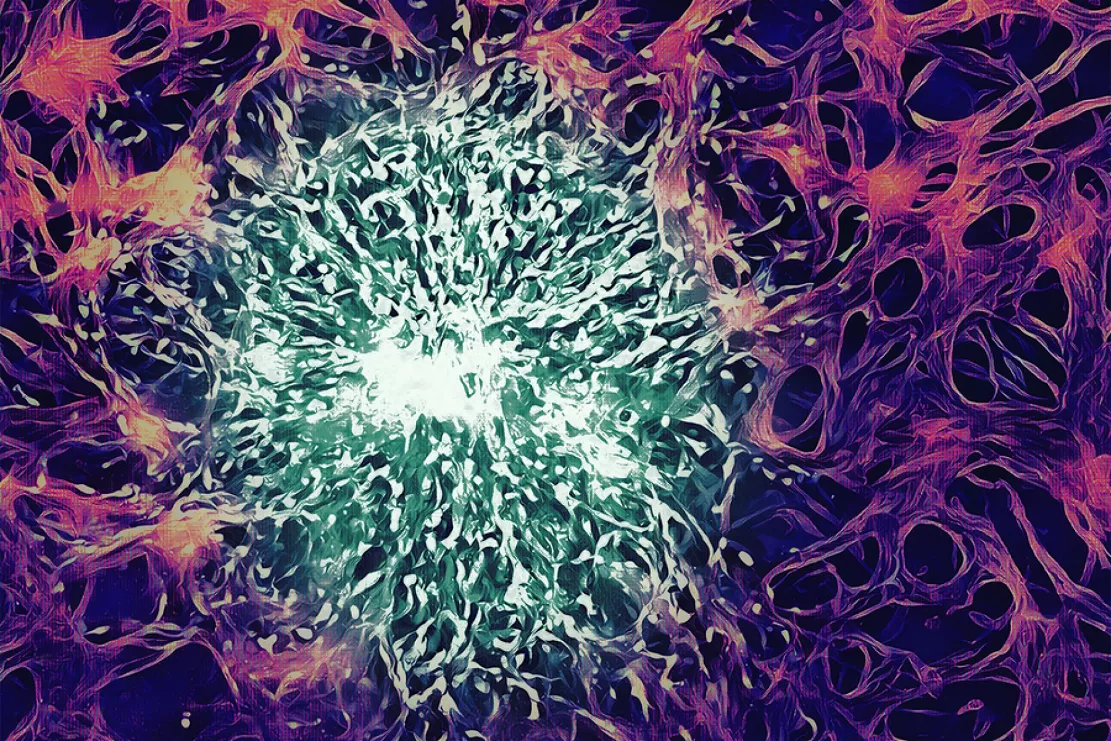The blood-brain barrier (BBB) is an important defense line to protect your brain from toxins, but it is frustrating that it is sometimes too restrictive and blocks out important drugs MIT researchers have now demonstrated an accurate new model of how this barrier works, which should lead to new treatments for brain cancer

Pathogens or toxins circulating in the blood may cause some major damage if they enter the brain, so our body has established a checkpoint system. The cells in the capillaries of the brain form an incredible series of tight connections that are highly selective for nutrients and other key molecules and have little choice for other substances.
Unfortunately, this includes drugs to fight infection or brain cancer. Scientists have experimented with a series of methods to temporarily pry open the barrier, including magnetic nanoparticles, ultrasonic pulses or specially designed nanoparticles to slide over and deliver drugs.
The problem is that it is difficult to study how these technologies work. Cell cultures and animal models do not always accurately represent humans, and experiments conducted on humans are at high risk. Therefore, in the new study, MIT's team created a brain on chip, which is a microfluidic model that can more accurately reproduce organs.
In this case, the model consists of a mass of glioblastoma cells encapsulated in blood vessels grown from human endothelial cells. In order to reproduce the blood-brain barrier, the model also includes pericytes and astrocytes, which participate in the formation of the barrier. The idea is to test how different treatments can open the BBB to deliver chemotherapy drugs to brain cancer cells inside.
In order to check the operation of the model, the researchers conducted experiments with nanoparticles designed by themselves. These particles are coated with a peptide called ap2, which has been proved to help things slide across the barrier. Once they enter the barrier, the particles will release their payload - in this case, cisplatin, a common chemotherapy drug.
Sure enough, particles coated with ap2 can reach the tumor in a higher number and release drugs and kill cancer cells. Without peptide coating, these particles tend to damage healthy blood vessels. Conveniently, ap2 also seems to help guide nanoparticles to the tumor site by binding to a receptor called LRP1. The level of this receptor near the tumor is higher than that around healthy cerebral vessels.
Cynthia hajal, co-author of the study, said: "we have seen an increase in cell death in tumors treated with peptide coated nanoparticles compared with bare nanoparticles or free drugs. Those coated particles show more specificity in killing tumors than in killing everything in a non-specific way."
Now, the team plans to use the model to test other drugs and other types of brain cancer.